Talasumi
and other known and unknown creatures
Bulgarian Mythology is a rich and diverse mixture of Slavic, Thracian, Protobulgarian and many other less prominent cultures. This is a collection of some of the most popular mythological creatures that still appear in legends and songs.
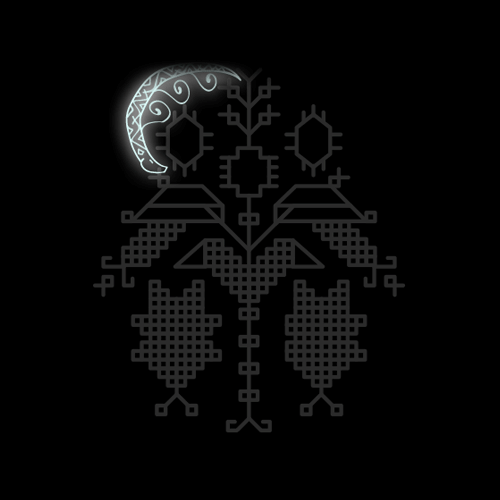
Zmei
A Zmei has the features of a snake, a fish and a man. He has four legs, bat wings and a snake tail. According to other legends he is half man, half snake. In some songs he has many heads or tails. He shines, when he is flying. A flying zmei can be recognized by the strong wind and the fire sparks in the sky. He is made of fire, this is why meteorites, falling stars or lightning bolts are thought to be zmeiove. Zmeiove live in caves, holes and crevices in high mountains and hills. In some old songs it is mentioned that they can also live in rivers, springs or wells. A Zmei can guard villages and fields from hailstorms and disasters, from Hali and Lami. He can throw lightnings and thunderbolts to fight a Lamia. This is why it’s believed that these two creatures fight when there are thunderstorms. If you find a scale of a Zmei, keep it, it is considered to bring health.
x
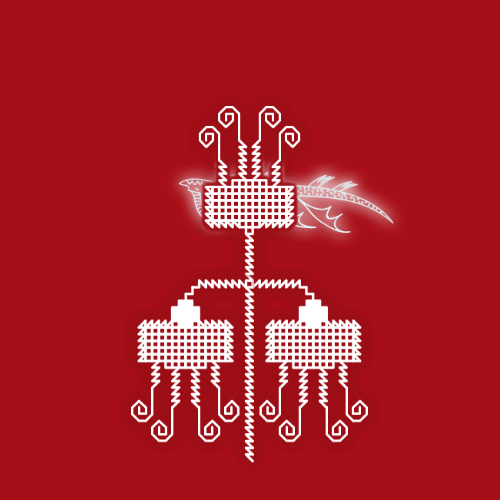
Lamia
Lamia is the sister of a Zmei. She looks like a big snake with a dog head, big eyes, sometimes with horns, four legs and a tail. Her body is covered with scales. She has wings, when she flies a big whirlwind appears that can even uproot trees. A Lamia lives in caves or holes, near big springs or rivers. She brings only disasters. She can drain a river, cause draught or hunger, eat people, destroy crops. Sometimes she appers as fog and she can stay for a very long time covering an entire village. She can also appear as a very strong and destuctive wind. In the folk legends the Lamia and Zmei are in a constant conflict. The Lamia destroys crops and the Zmei guards them.
x
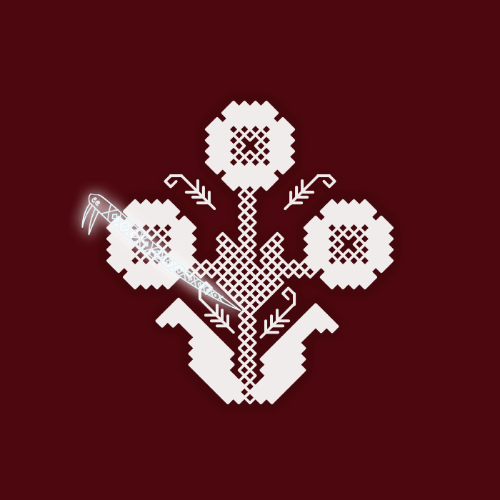
Hala
Hala is a very similar creature to Lamia and Zmei. She looks like a bull with horns or a very old and ugly toothless woman. She lives on rocks and hills and could also look like a grass-snake. It is believed that in every sea or lake there is a hala. A hala can bring dark clouds, heavy rains, storms or fog. Covering entire fields with fog, she can smother the crops. Sometimes she appears as a strong wind (vihrushka). Like lamia, hala has the same enemy - the Zmei, who guards villages and crops.
x

Karakondjul
According to the folk legends a Karakondjul has many forms: it could look like a human, but is very hairy, with a big head, horns and hooves; it could be a creature with one eye and one leg, or according to a third legends it’s a creature with a horse body and a human head, with wings or arms. They appear on earth only in January, the "karakondjulov" month. During the rest of the year they sleep under frozen rivers or hide in caves, in places where ivy grows or in desolated water-mills. They appear only at night before dawn, enticing people, carrying them away, throwing them from high cliffs or trees into deep rivers. This is why in the "karakonjulov" month, people should not stay away from their homes late in the evening, get outside in the middle of the night or answer if they hear voices in the night. Carrying garlic or coal, or making noise can protect people from Karakondjuli. At the break of dawn, the Karakondjuli disappear.
x
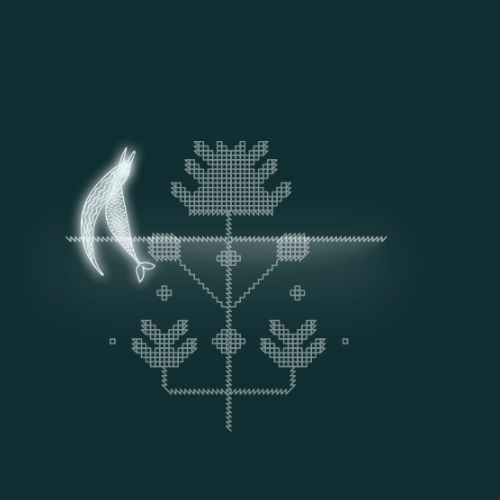
Stia
In some regions like Ohridsko, Strujko and Skopsko there are legends about the Stii. Graceful women similar to the Samodivi, that live in rivers and deep lakes. According to some beliefs they are half women, half fish and they have very long and beautiful hair. If they see people, they can drown them.
x
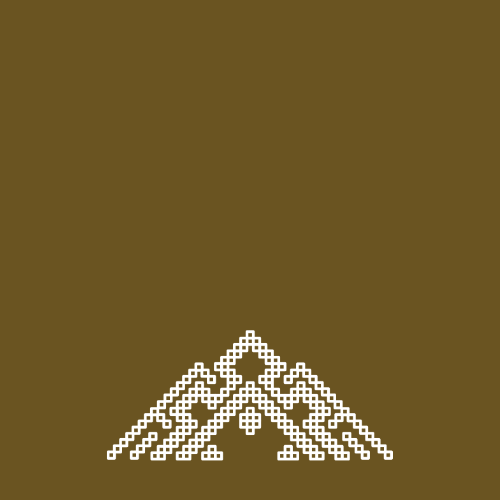
Samovila
Samodivi (or samovili) are beautiful female creatures. They are elegant and graceful, they have long red hair, they wear white clothes and have a colorful waistband. They cover their hair with a white veil which is called "shadow" or "luch" (meaning "ray") and it is believed that it holds their magical power. If someone steals it, they turn into normal women. According to some beliefs, they also have wings and can fly up to the clouds. They live in mountains like Belasitsa, Rudin planina, Vitosha, and also Rila, Rodopi and Stara planina, near rivers, lakes and springs. But their favorite mountain is Pirin with its 77 lakes. The Samodivi dance under big old trees (oak-trees, walnut-trees, poplars). This place can be easily recognized because it’s a circle where grass never grows. They also gather round bridges, desolated churches, water-mills, fountains and crossroards. It is believed that if people step on a Samodivi’s circle, they will get sick, blind, or deaf.
x

Sluntse (Sun)
The Sun is one of the most worshiped characters in the Slavic beliefs. He is often represented with the face of a man and is anthropomorphic, meaning he is given human personality – he eats, falls in love and gets angry. He lives where the earth meets the sky. This place is called "krai-zemia", which means "end of the world". The Sun's palace is located behind high mountains and one a sea. From this place every day he swims into a big sea under the Earth where he cools down. Having reached the East end of the underground sea, he rises above the horizon to start his way in the sky until the end of the day when he returns to his home. The dew on at dawn is the water that drips from him after swimming out of the sea. Part of the traditional activities connected with the cult of the Sun are the festivals at Sirnitsa, Gergiovden(St. George's Day), Eniovden, St. Konstantin and Elena’s Day, Koleda(Christmas). The aim is to make the sunshine stronger, especially at the most important moments of the sun’s movement(e.g. vernal/autumnal equinox). Another ritual connected with the Sun is hanging cradles on trees at Gergiovden and Velikden(Easter). They symbolize the sun’s rays. According to the folk songs the Sun hangs cradles in order to choose the most beautiful of the maidens for a wife.
x
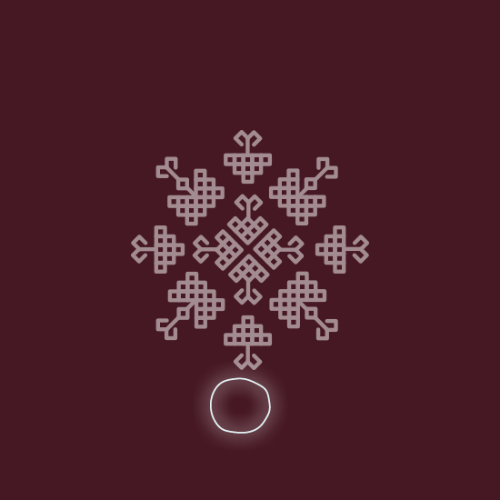
Luna (Moon)
The Moon is believed to be the Sun’s sister. She is usually represented as a cow or round bread (pitka). The Moon’s phases are connected with different activities: at new moon it is good to start something new: to plant, to seed, or even to get married. In the last quarter phase of the Moon (стара луна – “old Moon”) nothing new should be started, this is time only for gathering wood or for healing sick people. It is believed that the illness will go away as fast as the Moon disappears. А legend says that magic can be performed to "trick" the Moon to go down from the sky to the earth in the form of a cow. To attract the Moon to earth magicians use bread, water and a stack-yard. First, they lure her with bread to get down to Earth, the place where she usually lands/appears is the stack-yard. There they need to have water in a cauldron, where she would stay looking at her reflected image. The milk of this cow can be used to heal everything.
x

Zvezdi (Stars)
The stars are sisters of the Sun. Most of the stories about the stars and the constellations are connected to the agricultural lifestyle of the people. "Kola" (meaning "cart") is the constellation Ursa Major. People say that it consists of four wheels, oxen and a wolf. According to the legend the wolf ran after the oxen, they got scared, the cart bent and this is why this constellation always follows a round path. People used this constellation to predict the weather. "Kokoshka" (meaning "hen") is the star cluster Pleiades. These stars rise together with the Sun on Dimitrovden (St. Dimitar's Day) and shine until Gergiovden (St. George's Day). Between St. George's Day and Easter they become invisible. "Ralitsa" ("plough") is the constellation Orion. It consists of 7 stars - a plough with two oxen and the ploughman (who is actually the star Sirius) walking behind them. The other stars are thought to be wolves that are chasing the oxen. "Zornitsa" and "Vechernitsa" are traditionally considered to be two stars even though this is one planet - Venus. Zornitsa (meaning "morning star") is a sister of the Sun and Vechernitsa (meaning "evening star") is a sister of the Moon.
x
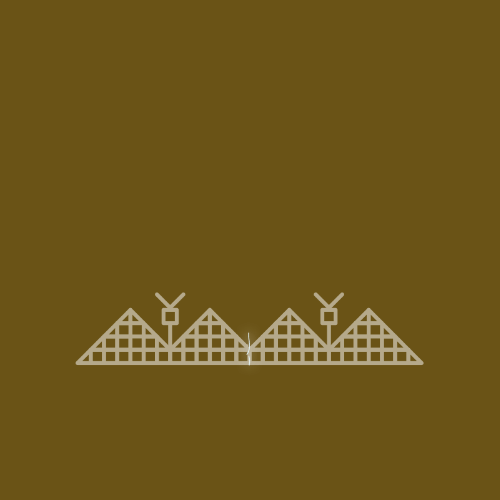
Kosmichesko durvo
The world tree represents the space and keeps the Universe in balance. Its roots are in the earth(or in a sea), its crown is in the sky, and its stem connects the earth and the sky. Most often it is an oak, a cypress or a sycamore. On top of the tree usually there are birds (nightingales, falcons, eagles) and bees, and in its roots - a snake, a zmei, a lamia, on its branches there are fruits - apples, pomegranates and gems. The cosmic tree connects the three worlds – the underground, the terrestrial and the celestial ones.
x
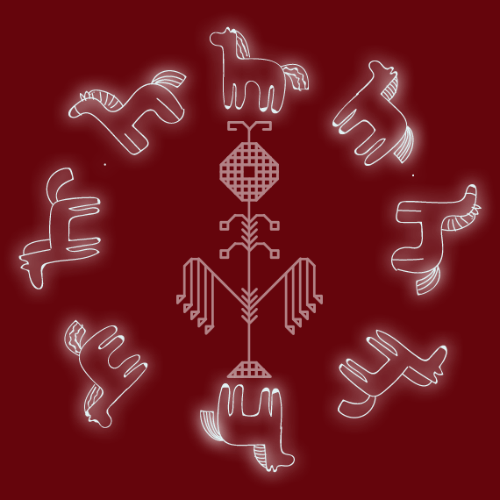
Horse and Todorovden
According to the Bulgarian beliefs the horse is a reliable and a loyal animal. Neither samovili, nor zmeiove can catch it, this is why no one riding a horse can be hurt. Even chuma does not attack him. A horse can feel bad spirits and predict misfortune. In such cases it stops in one place and stomps its feet refusing to go further. The patron of the horses for the Bulgarians and some other southern Slavic peoples is St. Todor Tiron. The day devoted to him is called Tudoritsa(or Todorova Subota(meaning "Todor's Saturday"), Konski Velikden (meaning "Horse Easter")). On that day horse races are organized. The winning horse cannot be sold, because it is considered to be protected by the saint.
x

Tangra
The word Tangra (or "Tengri") means "sky" in the old Turkic languages. The sky was worshipped as a main god in their beliefs, this is why the word for "sky" became the name of the most important god. According to old writings, Tangra also used to be the main god for the Protobulgarians. Excavations from Pliska also prove this theory, as there have been found inscriptions saying that khan Omurtag used to practise sacrificial rituals for god Tangra.
x
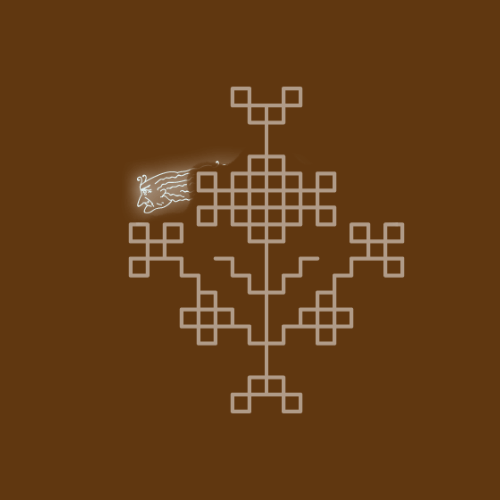
Chuma
The Chuma is usually represented as an ugly old woman with shaggy hair, long arms and sharp nails. She is so ugly and so scary, that as soon as people see her they die. She has a notebook with the names of everyone she has to kill. When she reaches a village, she does not enter right away. She appears as an old woman, sits at the end of the village and asks the people all sorts of questions. There are several rituals in order to propitiate the Chuma. People say that she has a child, Chumniche, which she carries with herself. In every house there has to be water, soap, a comb and clay, so that she can give her child a bath. There should also be a table with special food for her: honey, bread, wine and salt. It is thought that Chuma attacks places with robbers, magicians, or tavern-keepers. She does not enter houses with orphans or widows.
x

Stopan
According to the old beliefs every house, place, tree, or spring has its own guardian that appears as a non-poisonous snake, other kind of animal, or it could be antropomorphic. It is thought that every village has a Stopanin that moves to the village when the first people settle down. He can take different forms - a woman, a yarn-beam?, a snake, a horse or a goat. These Stopani guard the village and its inhabitants from sickness, pain, problems and outsiders. They live in old dry trees. Just be careful, everyone that hears the voice of a stopan, dies.
x

Talasum
A Talasum, similar to a Stopan, is also a guardian of a building or a place. There are two kinds of Talasumi: The first one is a good spirit. He lives in every home, protecting from fire, death, Chuma and bad ghosts. He can appear as a hedgehog or a snake. This is why people never kill a snake if it appears in someone's home. The second one appears in big empty buildings, mills, uninhabited houses. This is an evil spirit that does not allow people to live where he lives. He will smother them or will do other evil or harmful things. He can appear as a cat or a hen. A sign that the Talasum is angry and something bad is about to happen is when a hen crows. The only way to avoid this is to kill the hen.
x
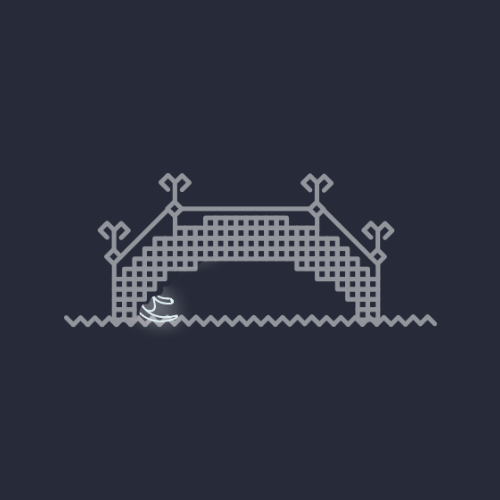
Vgradeni
There is a belief that in every new building someone's spirit has to be built in. To avoid building in a real human or an animal, usually someone's shadow has to be measured, wrapped in nettle leaves and then put in a box. This box would be built in the foundations of the building and the human/animal would die. Those people come back once a year on the same day and can be seen crying around the building. But why does this have to be done? Because every night evil spirits come out and if there is no guardian spirit of the building they will just destroy it. There are such legends about the bridge in Plovdiv where oxen with their owners were built in and on the first day of the construction their voices could still be heard. There are similar legends about Kadin Bridge near Kiustendil, the Koprivschtenski Bridge and many others.
x

Krali Marko
Krali Marko is a mythical folk hero. His father is Vulkashin, who, according to the legends, is a wolf, yet another creature that represents a Zmei. This is why Krali Marko has the appearance and the strength of a Zmei. His eyes gleam, he wears a fur-coat made of 30 bears and a cap sewn out of 12 wolves. There is a connection with the legend of Dionysus, who, in a similar way, as a child was thrown away in a basket in a river and was brought up by Samodivi. Krali Marko guards the people and fights Lami and Hali.
x
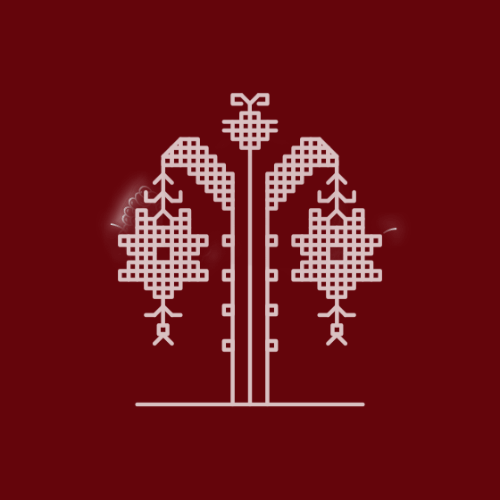
Trifon Zarezan
Traces from ancient beliefs can even be found in “modern” Christian traditions. For example, an equivalent of the Greek mythology god Dionysus is Saint Trifon, also known as Trifon Zarezan. He is considered to be the patron of the vine-growing and this is why he is often portrayed with a sickle. On St. Trifon's day vineyards get pruned. The roots of this tradition stem from the Dionysus’ holidays, also in the beginning of the spring.
x
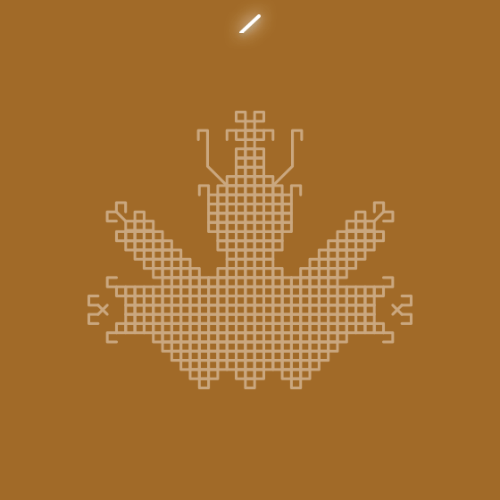
Perun
Perun is the Balto-Slavic god of thunders and lightnings. This is the supreme and most important god for the Slavs. The day of the week connected with Perun is Thursday. Some Slavs even call this day "Perundan"(meaning "Perun's day"). Thursday is a special day for the Slavs and it is believed to be an exceptionally good day. There are specific rituals for the seven Thursdays from Easter to Spasovden. There are special rites for rain or against thunderstorms connected to Perun. One widespread ritual is called Peperuda and the name probably derives from the name of the god. The tree that is connected to him is the oak. This is why many rituals associated with Perun are performed on hills with oak forests. Even the name of this kind of trees in many Slavic languages derives from the word for thunder - "grum".
x
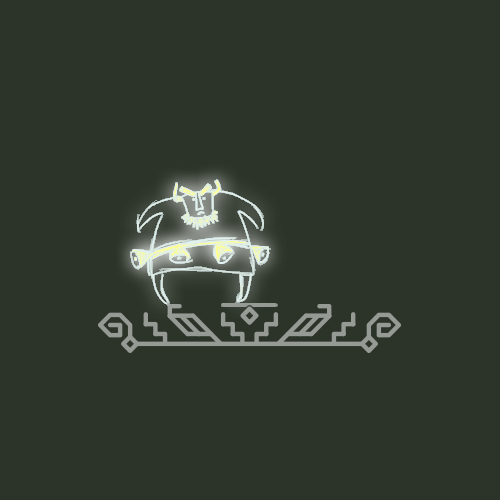
Kuker
Another character connected to the pre-spring Dionysus’ holidays. On the first day of the Long Lent - "Sirna Nedelia" - young men perform a magical ritual. They wear a mask of a bull, a he-goat or a ram, clothes made of goat or sheep pelt, a belt with enormous bells and they carry wooden swords. The kukeri have to dance and jump as high as they can. The higher they jump, the better the year will be. The more noise they make, the further the bad spirits will be chased away.